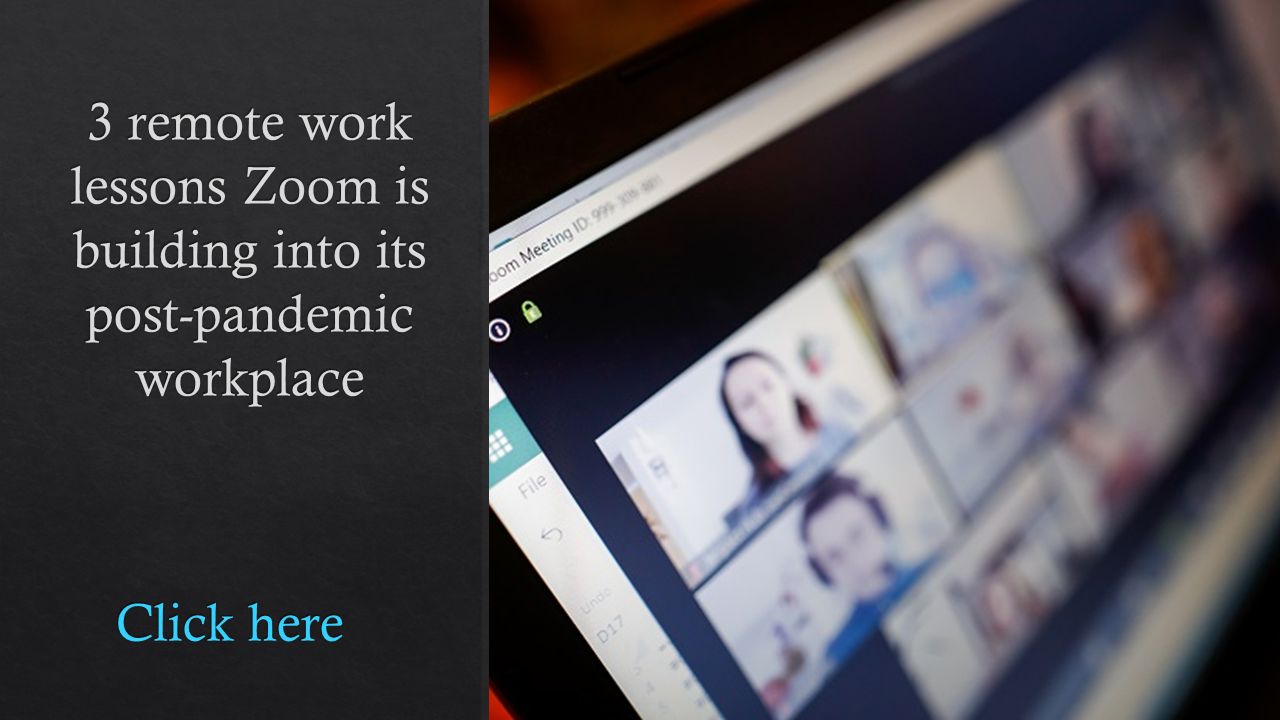Along with newly remote and hybrid workers, another category of employee has emerged into the spotlight during the COVID-19 pandemic: the deskless worker. Typically defined as a mobile worker who does not have an established workplace and moves from worksite to worksite, a deskless worker is also known as a gray-collar worker, someone who does a combination of white- and blue-collar work.
Like their in-office counterparts, this breed of worker has their own technical challenges and IT needs, an idea that is increasingly garnering HR attention as employers strive to improve the employee experience in the wake of the Great Resignation. But, according to new research, HR has its work cut out: In a survey conducted by eduMe, which provides a training solution for deskless workers, 60% of deskless workers surveyed are unhappy with the technology their employers provide.
What does this mean for HR leaders?
Flexibility and accessibility are now key requirements for modern employers, according to Jacob Waern, founder and CEO of eduMe. If HR leaders want to attract and retain top talent, they must recognize that these are no longer a trend or side effect of the pandemic, but a must-have for employees.
 “Today’s workforce prioritizes autonomy and has seen the benefits that flexible schedules and the ability to work when and where suits them can bring to their productivity and wellbeing,” says Waern, which counts Uber, Marriott, GrubHub and Vodafone as clients. “Employers must lean on innovative technology in order to embrace and sustain these habits, as they are central to combating challenges such as churn and disengagement.”
“Today’s workforce prioritizes autonomy and has seen the benefits that flexible schedules and the ability to work when and where suits them can bring to their productivity and wellbeing,” says Waern, which counts Uber, Marriott, GrubHub and Vodafone as clients. “Employers must lean on innovative technology in order to embrace and sustain these habits, as they are central to combating challenges such as churn and disengagement.”
Deskless workers represent 80% of the global working population and they are underserved when it comes to technology, says Waern. He believes that this demographic requires tech that is designed specifically for its unique needs.
“Asking deskless workers to sit down and use a desktop computer disrupts their flow of work and creates immediate locational blockers, which is why any new tools must be mobile-friendly,” he says. “Opting for software which fits seamlessly into existing work patterns and is accessible 24/7 is essential to adoption and to maintaining long-term engagement.”
In eduMe’s State of Workforce Success in On-Demand: 2022 Report, deskless employees say that employers don’t seem to be listening to these concerns. They say organizations rarely follow through on the results of workplace surveys and nearly half say that they are not trained properly for their jobs. Deskless workers also say they would like to be offered regular digital training to improve their skills.
See also: 3 innovations in benefits tech every HR leader needs to know about
Waern says HR leaders need to take these views—and the fact that the deskless worker population will continue to grow—into account as they strategize for workplace tech.
 “As we’ve become more accustomed to hybrid and remote work post-lockdown, deskless work only continues to grow in popularity,” Waern says, adding that “companies are beginning to see the value in harnessing a fleet of agile workers that can respond quickly and efficiently to industry changes.”
“As we’ve become more accustomed to hybrid and remote work post-lockdown, deskless work only continues to grow in popularity,” Waern says, adding that “companies are beginning to see the value in harnessing a fleet of agile workers that can respond quickly and efficiently to industry changes.”
The post HR Tech Number: Deskless workers demand better tech, training appeared first on HR Executive.
